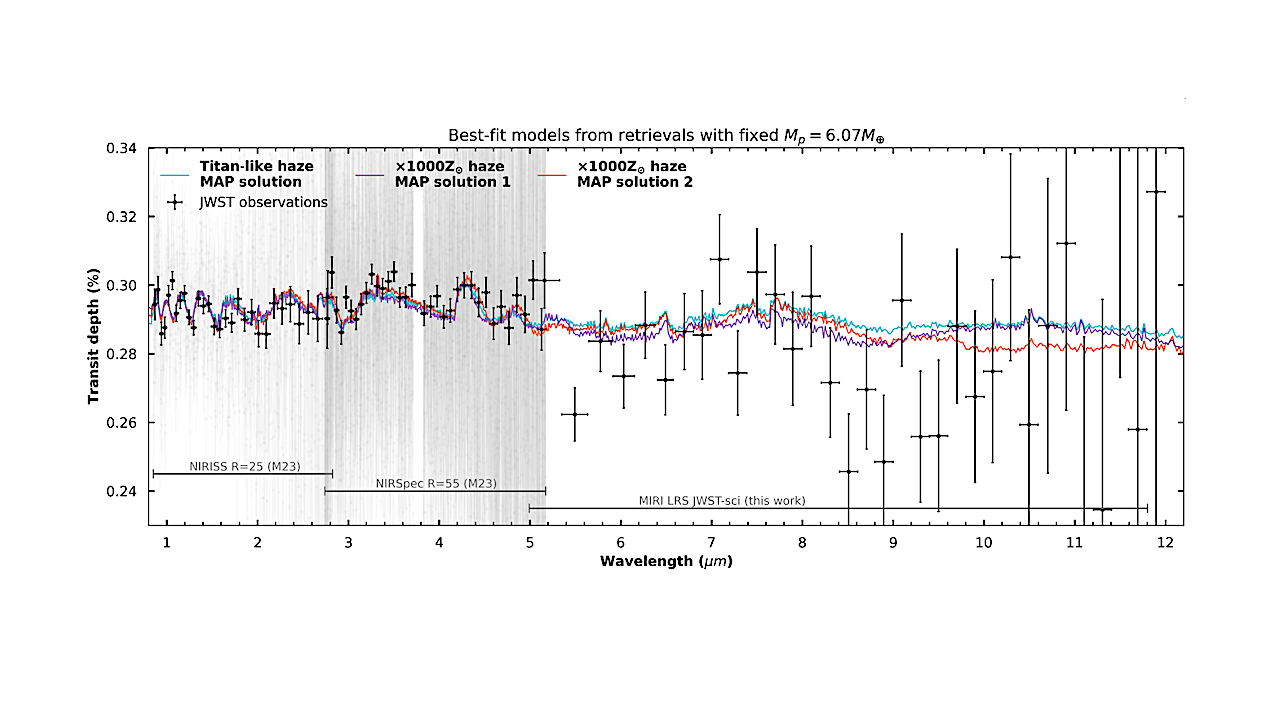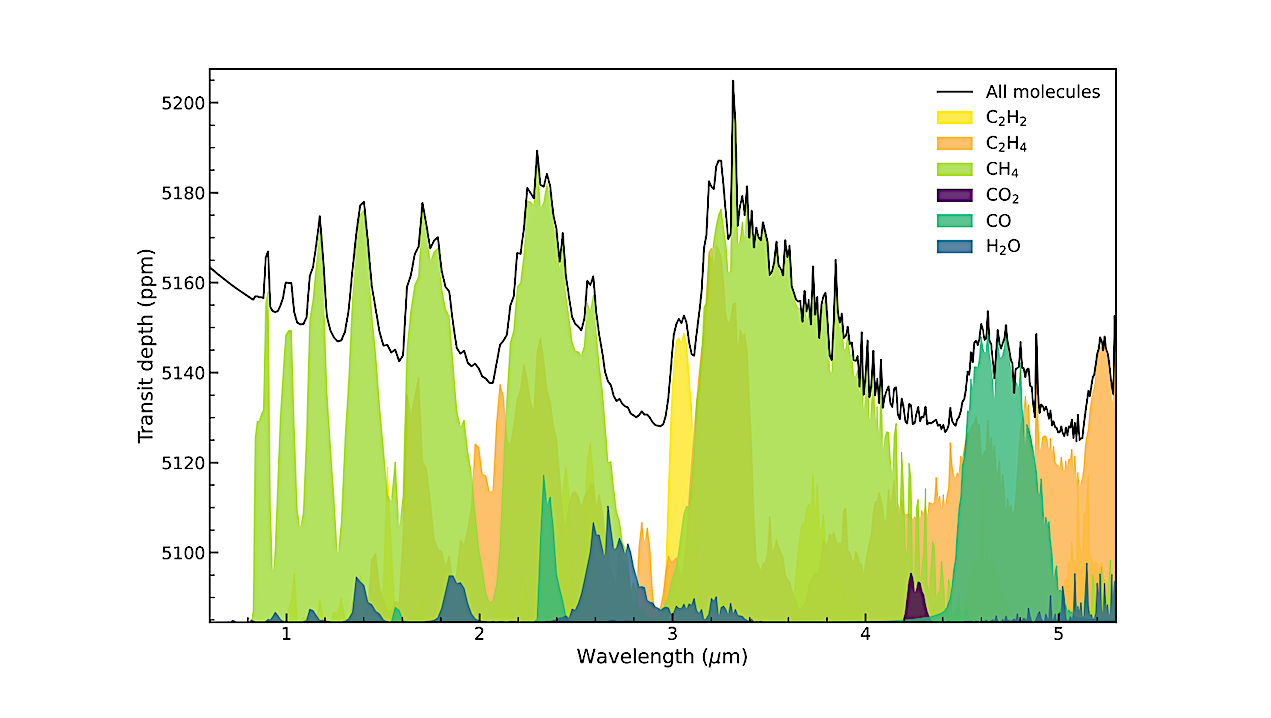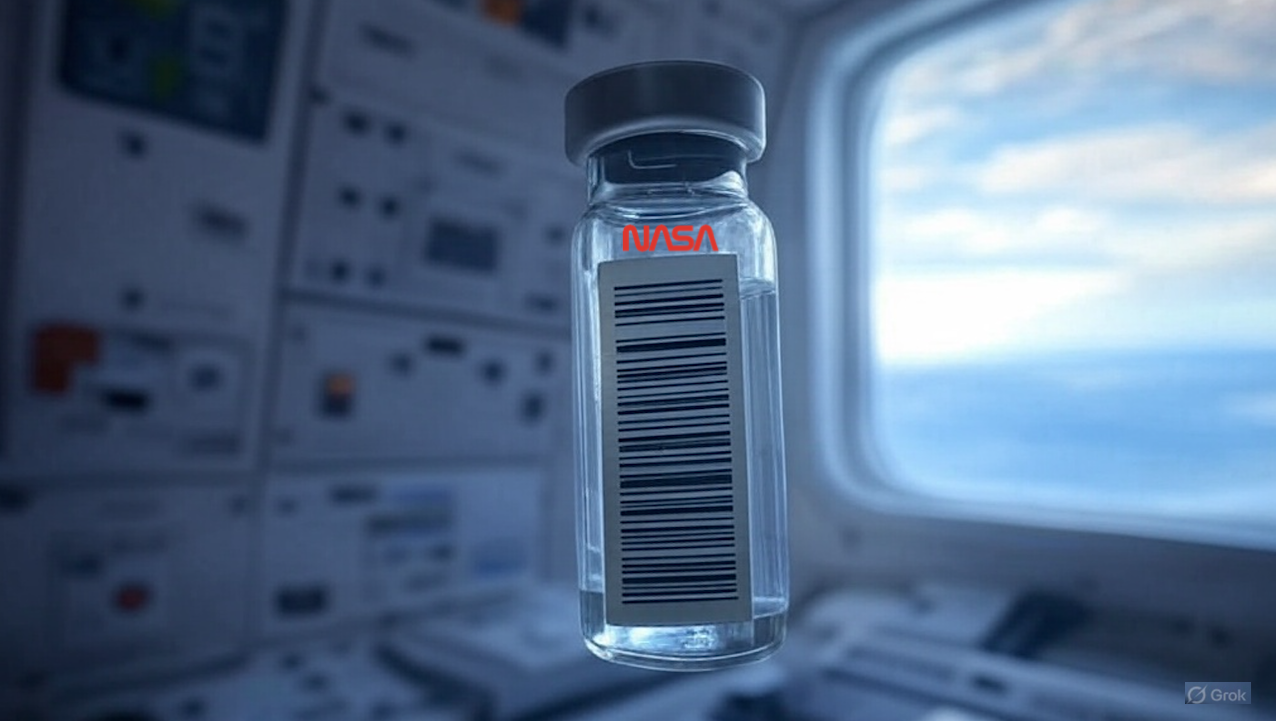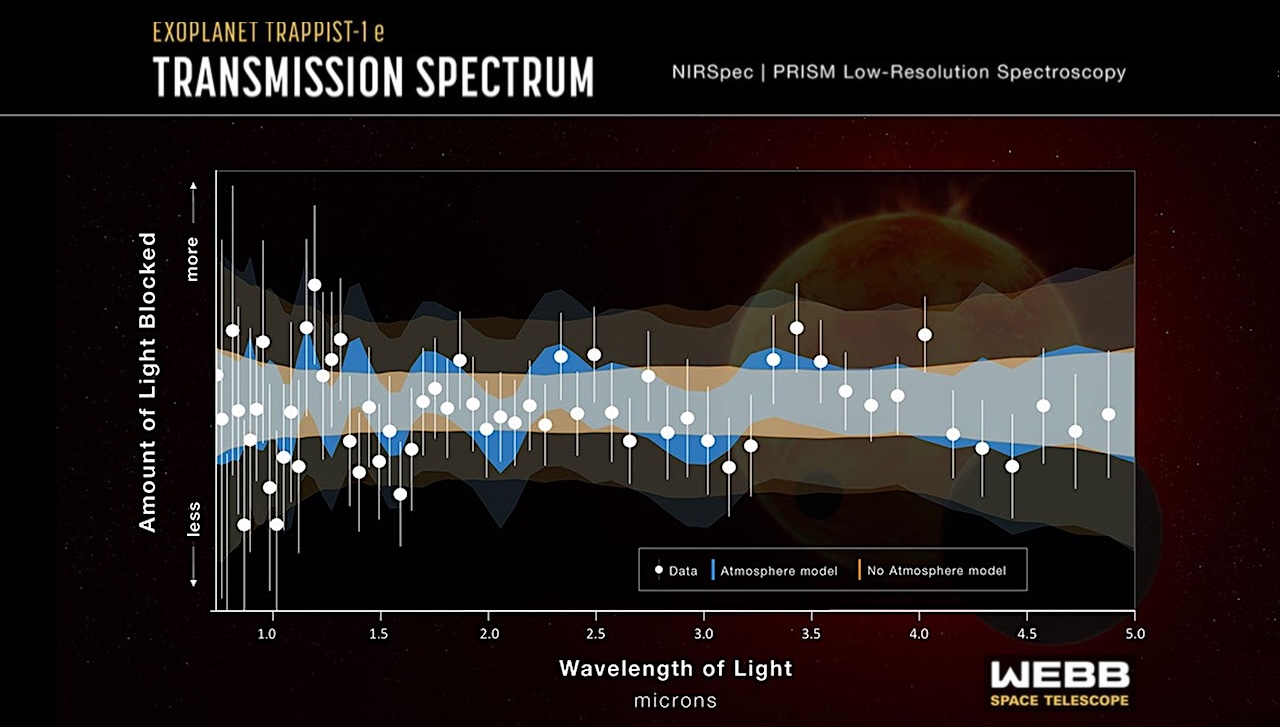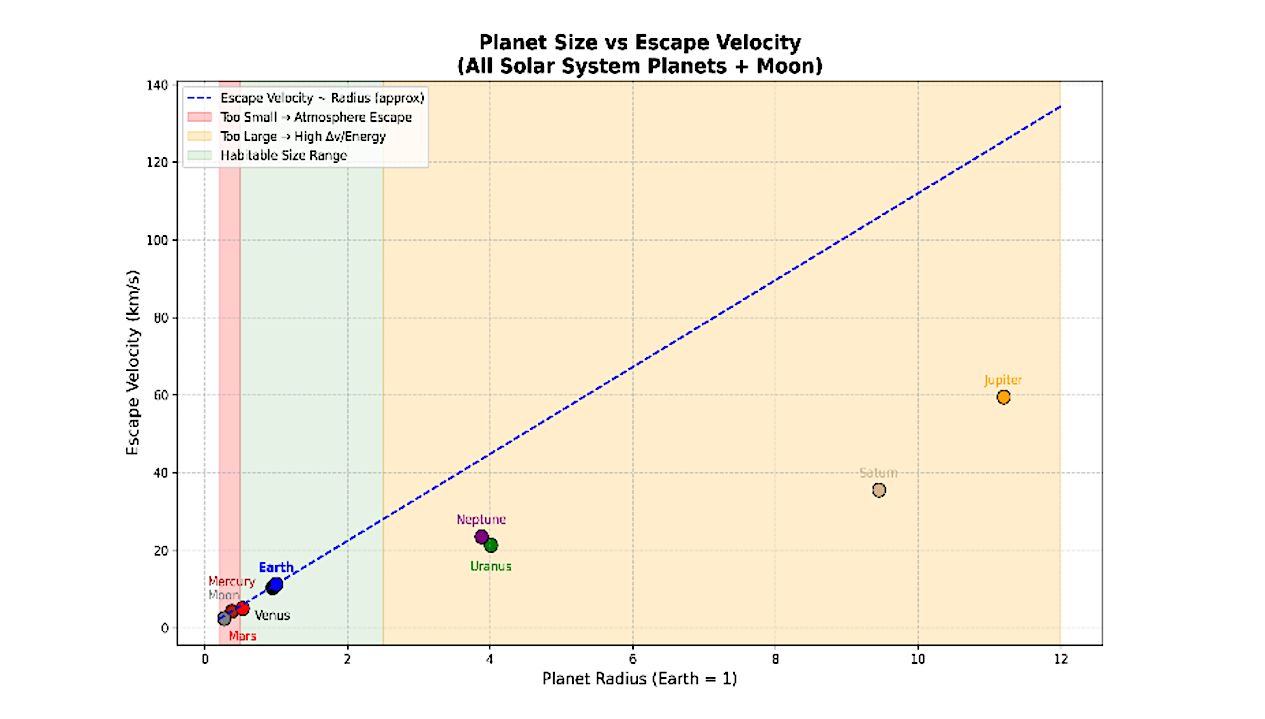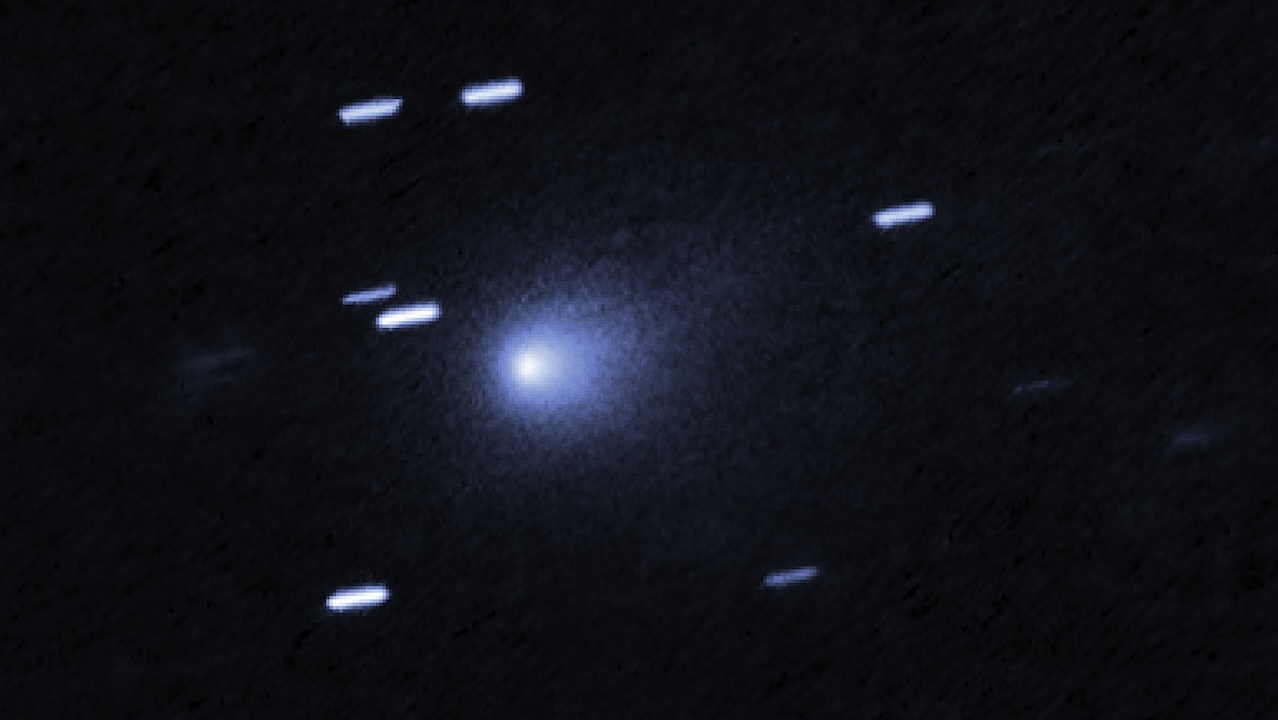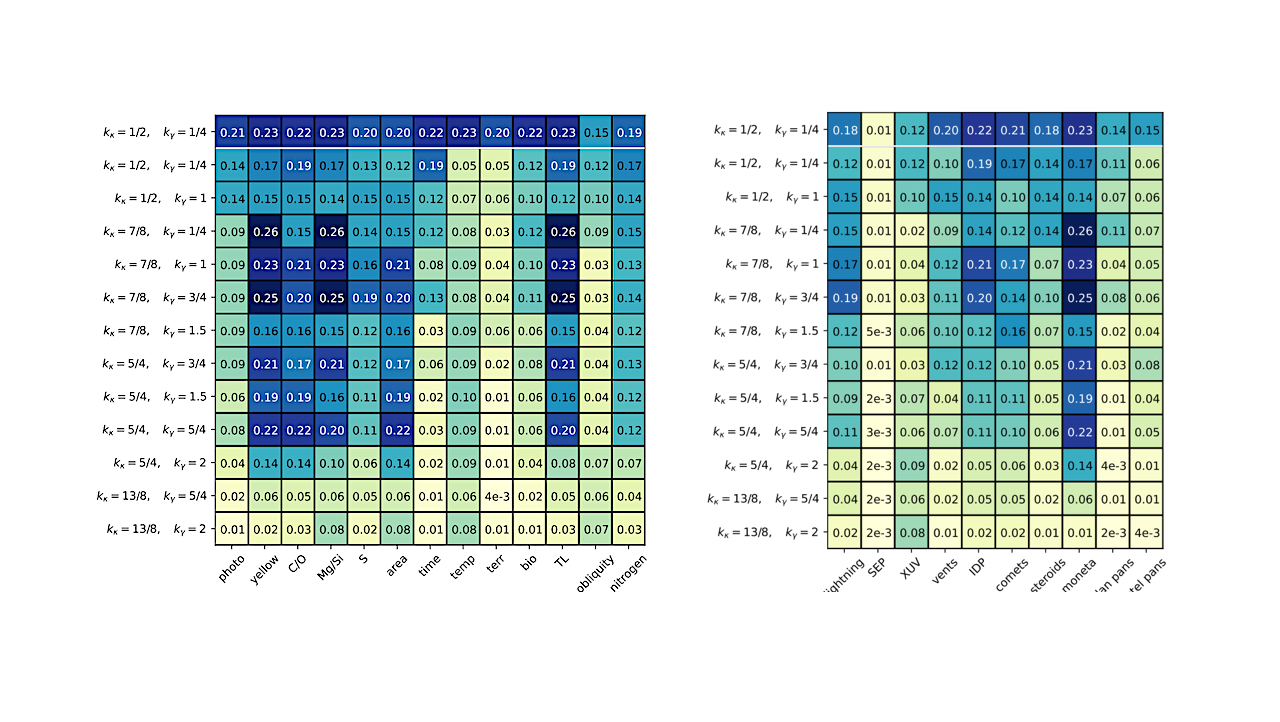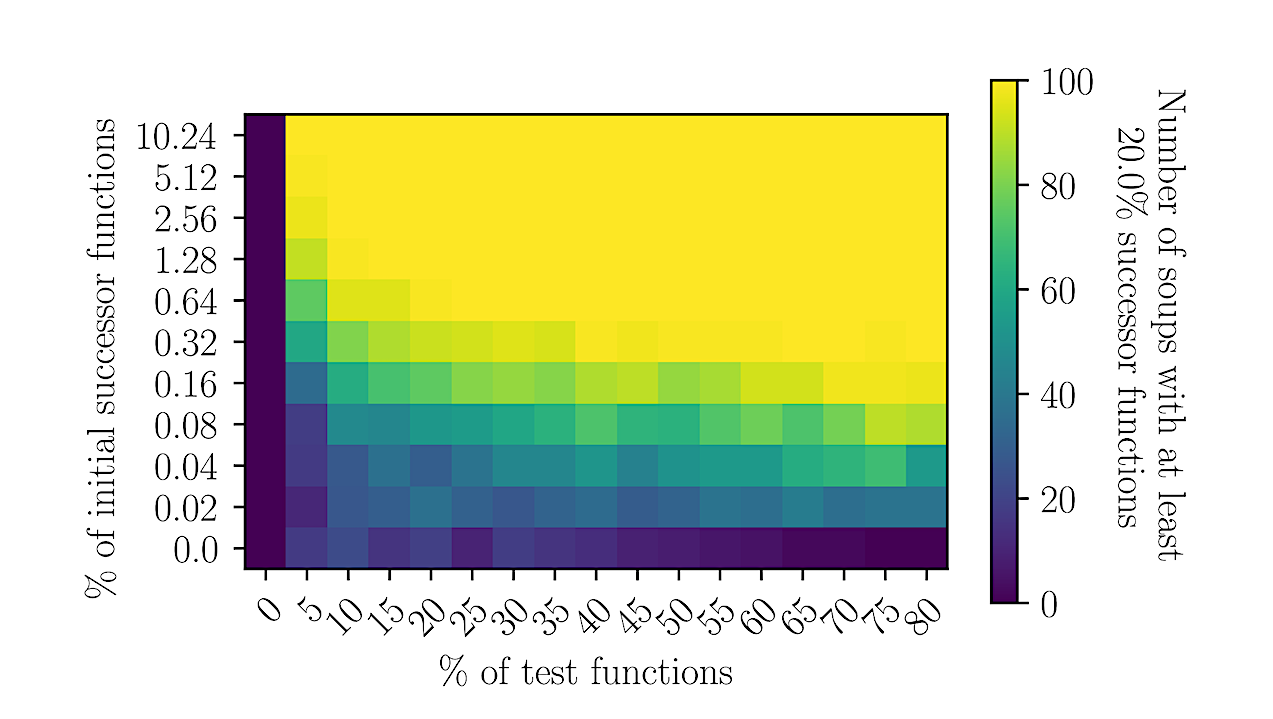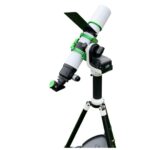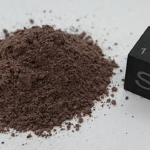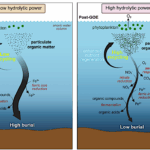MAP transmission spectra (R=500) for retrievals conducted with fixed Mp = 6.07M⊕, with a continuum constructed from Titan-like haze (K84; cyan) and ×1000Z⊙ haze case (H24; purple and red). —
Astrobiology23- Page
Simulated transmission spectrum for warm exo-Titan TRAPPIST-1e (pCH4 = 3 × 10−2 bar) forced by D. J. Wilson et al. (2021) SED. — astro-ph.EP The James Webb Space Telescope (JWST)
An example of difference image analysis of the known false positive TOI-164.01. Left: average out-of-transit pixel image showing the pixels near TOI-164.01 (the average in-transit image looks very similar). Stars
NASA Spaceline Current Awareness List #1,166 12 September 2025 (Space Life Science Research Results)
The abstract in PubMed or at the publisher’s site is linked when available and will open in a new window. Rithidech K, Mohallem R, Aryal UK, Peanlikhit T, Crucian B.Effects
This graphic compares data collected by Webb’s NIRSpec (Near-Infrared Spectrograph) with computer models of exoplanet TRAPPIST-1 e with (blue) and without (orange) an atmosphere. Narrow colored bands show the most
Large enough to retain an atmosphere and drive geologic/hydrologic cycles, but not so massive that relocation is infeasible. This figure illustrates why planet size and escape velocity are critical factors
Interstellar object 3I/ATLAS imaged by the Hubble Space Telescope. Could similar objects be the seeds of new planets around young stars? Image credit: NASA/ESA/David Jewitt (UCLA). Image Processing: Joseph DePasquale
Habitable Zones Status Report astro-ph.CO September 15, 2025 Best value of the minimum probability for each cosmology scenario-habitability condition pair mentioned in the text. For each element in this
The companion light curve in two continuum bands interpreted with a pulsar direct heating model. (a) The models are shown by the curves and the data are shown by the
Amplification of the successor function under varying initial conditions. For each pixel in the heatmap, 100 soups containing 5000 expressions are run for 106 collisions. We measure the number of
-
 012024 in Review: Highlights from NASA in Silicon Valley
012024 in Review: Highlights from NASA in Silicon Valley -
 02Panasonic Leica Summilux DG 15mm f/1.7 ASPH review
02Panasonic Leica Summilux DG 15mm f/1.7 ASPH review -
 03How New NASA, India Earth Satellite NISAR Will See Earth
03How New NASA, India Earth Satellite NISAR Will See Earth -
 04And Thus Begins A New Year For Life On Earth
04And Thus Begins A New Year For Life On Earth -
 05Astronomy Activation Ambassadors: A New Era
05Astronomy Activation Ambassadors: A New Era -
06SpaceX launch surge helps set new global launch record in 2024
-
 07Space Force plans new ‘Futures Command’ amid pressure to speed up modernization
07Space Force plans new ‘Futures Command’ amid pressure to speed up modernization


